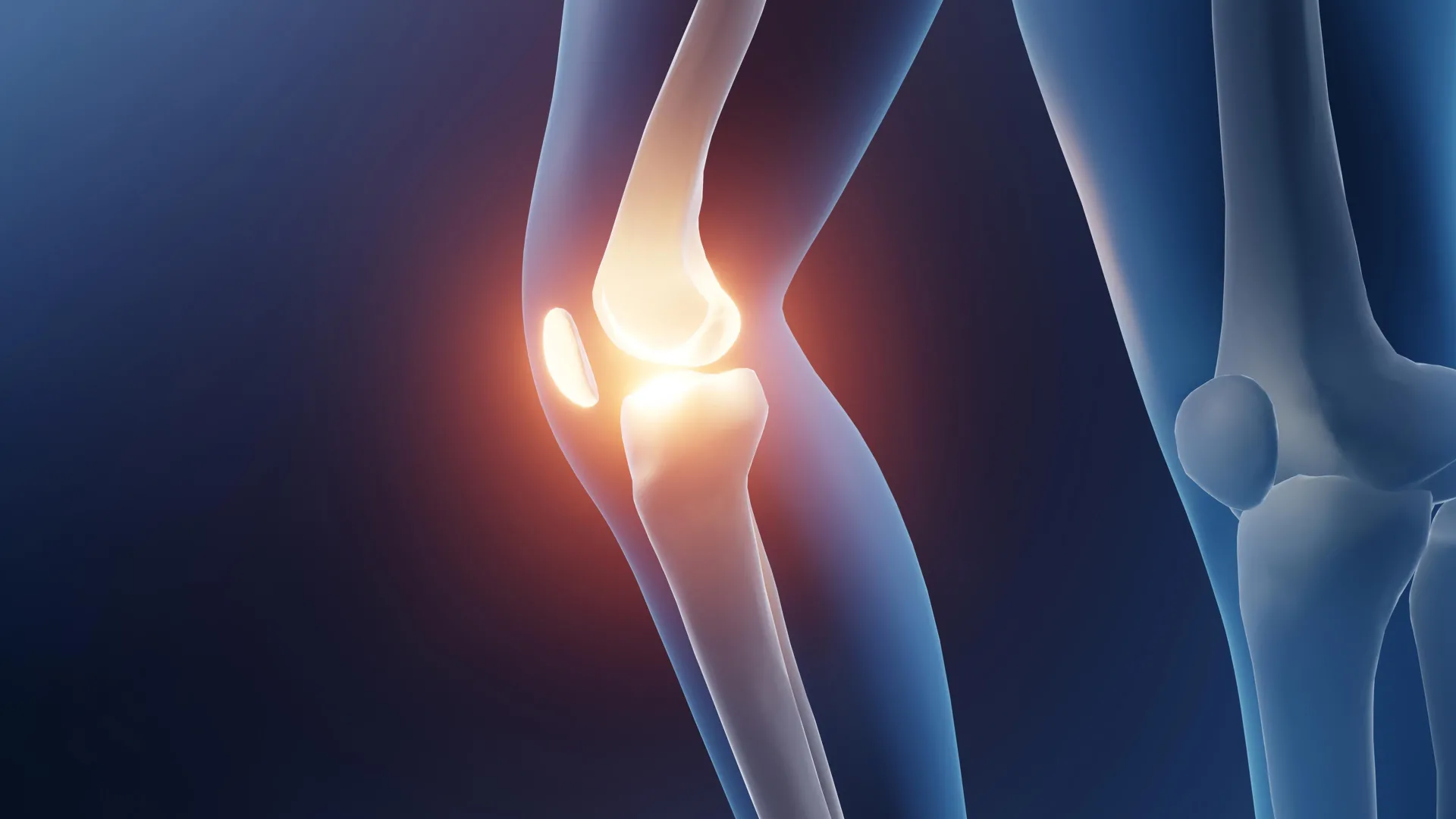Now Reading: Simple Walking Change May Postpone Knee Surgery for Years
-
01
Simple Walking Change May Postpone Knee Surgery for Years
Simple Walking Change May Postpone Knee Surgery for Years

Speedy Summary
- Nearly a quarter of people over 40 suffer from painful osteoarthritis, a leading cause of disability linked to cartilage degradation.
- Researchers from the University of Utah, NYU, and Stanford University have demonstrated a potential new treatment: gait retraining.
- A year-long randomized controlled trial showed adjusting foot angles while walking eased knee pain (comparable to some medications) and reduced cartilage degradation in certain patients.
- The trial personalized gait adjustments using motion-capture technology and pressure-sensitive treadmills to identify optimal foot angles for reducing knee load.
- Results highlighted the superiority of this tailored approach compared to previous methods that failed due to one-size-fits-all interventions.
- Participants reported improved outcomes without needing drugs or devices; adherence was high over time.
- Researchers acknowledge the need for developing affordable technology like smartphone-based tools or “smart shoes” before making this intervention widely accessible.
Indian Opinion Analysis
These findings present a promising non-invasive option for managing osteoarthritis pain in middle-aged adults who face limited alternatives before joint replacement surgery becomes necessary. Gait retraining could substantially improve quality of life by delaying more invasive treatments while being cost-effective in the long term if mobile sensor technologies become available on scale.
For India, where healthcare accessibility often depends on affordability and simplicity, such an intervention could fill a critical gap between drug management and surgical options for osteoarthritis patients-especially as aging populations increase nationwide.However, challenges might include adapting advanced diagnostic tools like motion capture or smart shoe systems into more accessible physical therapy setups across diverse socio-economic settings in rural or semi-rural areas.
Successfully translating such research into scalable public health measures would require not only technological innovation but also robust awareness campaigns promoting early lifestyle interventions among at-risk populations.
























